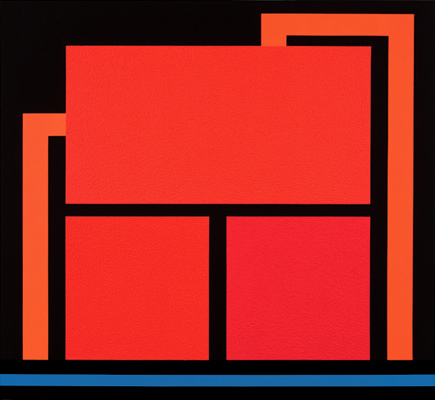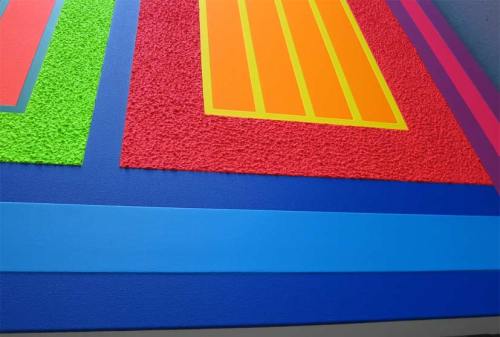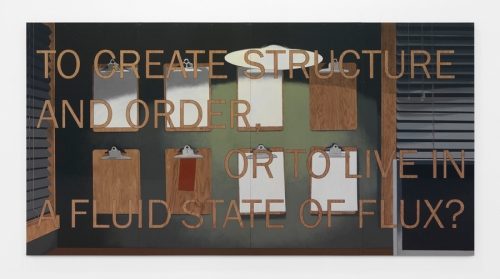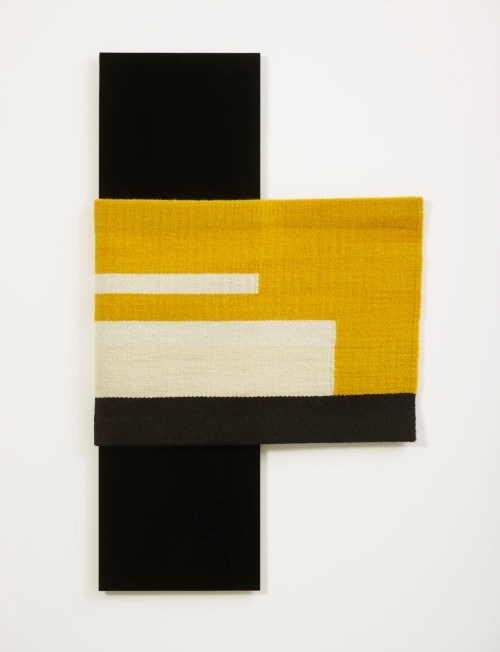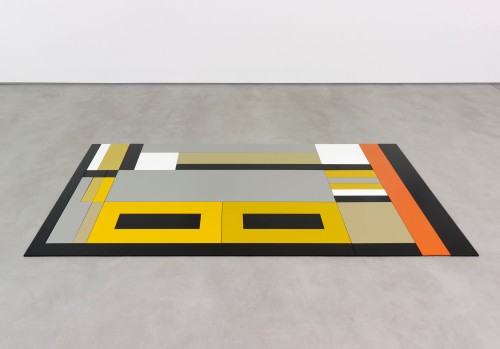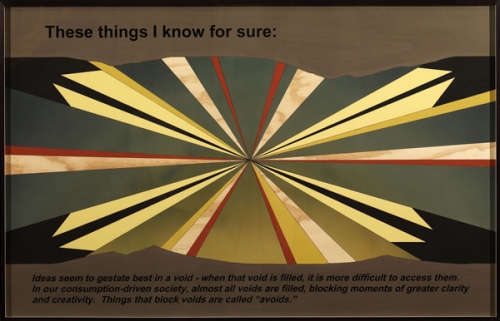
The Poetics of Space by Gaston Bachelard. I highly recommend this book, not only to artists and writers, but anyone who is interested in living life with a greater sense of awareness.
“But how can housework be made into a creative activity? The minute we apply a glimmer of consciousness to a mechanical gesture, or practice phenomenology while polishing a piece of old furniture, we sense new impressions come into being beneath this familiar domestic duty. For consciousness rejuvenates everything, giving a quality of beginning to the most everyday actions. It even dominates memory. How wonderful it is to really become once more the inventor of a mechanical action! And so, when a poet rubs a piece of furniture-even vicariously-when he puts a little fragrant wax on his table with the woolen cloth that lends warmth to everything it touches, he creates a new object; he increases the object’s human dignity; he registers this object officially as a member of the human household… Objects that are cherished in this way really are born of an intimate light, and they attain to a higher degree of reality than indifferent objects, or those that are defined by geometric reality. For they produce a new reality of being, and they take their place not only in an order but in a community of order.“
As anyone familiar with my work can attest, I have a deep and abiding interest in geometry and order However, that geometry can feel cold and empty. I am drawn to an ascetic and severe aesthetic of sharp edges and rigid rules. I can feel a lack of warmth in my work and all but my most successful pieces feel defined only by their geometric reality. This summer one of the professors in my graduate program pointed out that all of my work depicts from a distance. Everything is on a distant horizon, shown from an aerial perspective, or abstracted to a degree that it is seen only in diagrammatic terms. I’m not sure what to do with that information yet, but I’m becoming increasingly aware that distance in my natural posture towards both art and everyday tasks. Perhaps if I begin to approach the mechanical gestures of the everyday with that glimmer of consciousness I will find a more intimate reality. Instead of the cold distant order of the theoretical I can find warmth in a community of order.
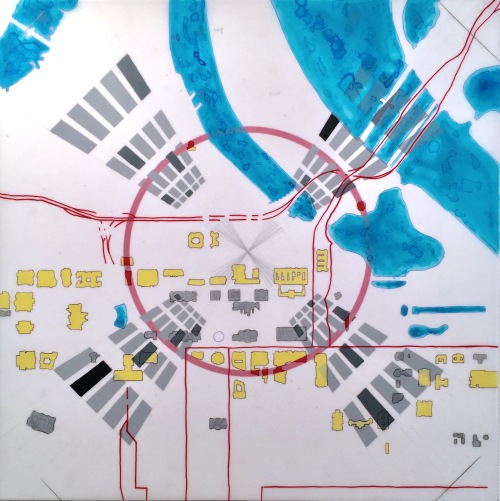
Detail of a work in progress experimenting with Dura-lar (a translucent surface) over paper. Jacob Rowan. 2016






